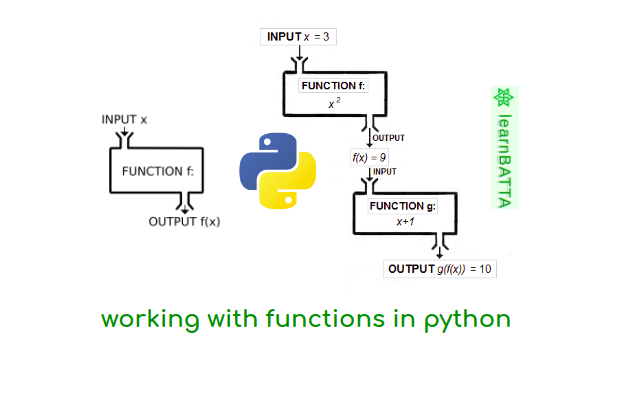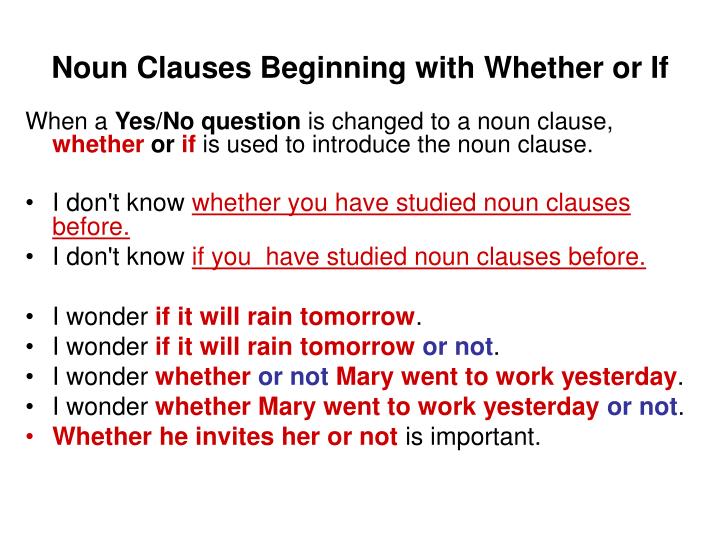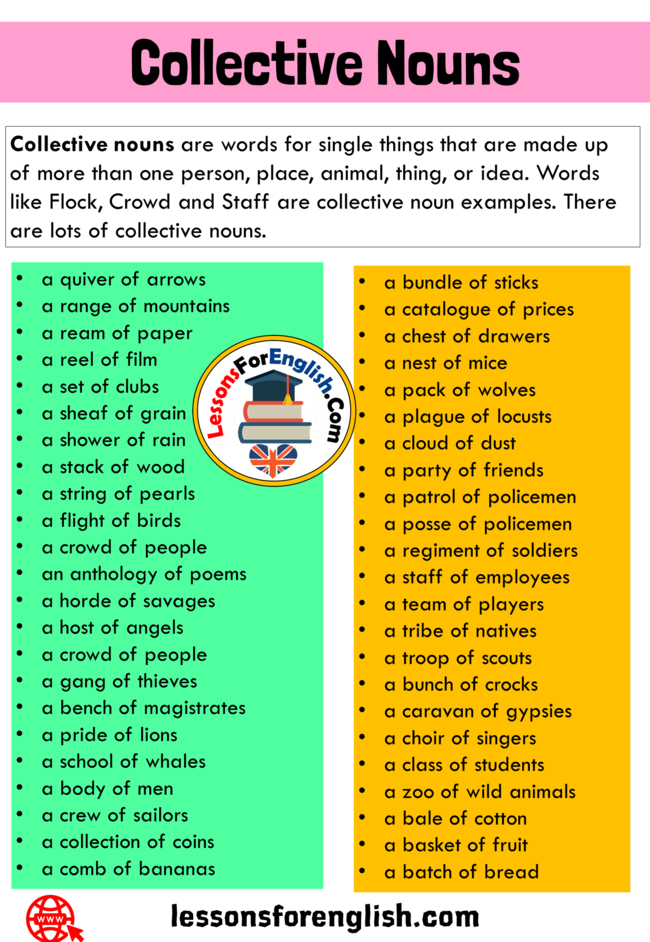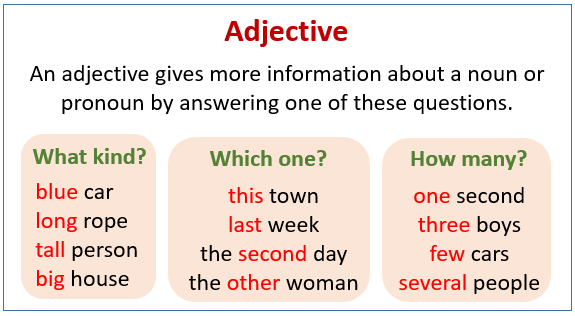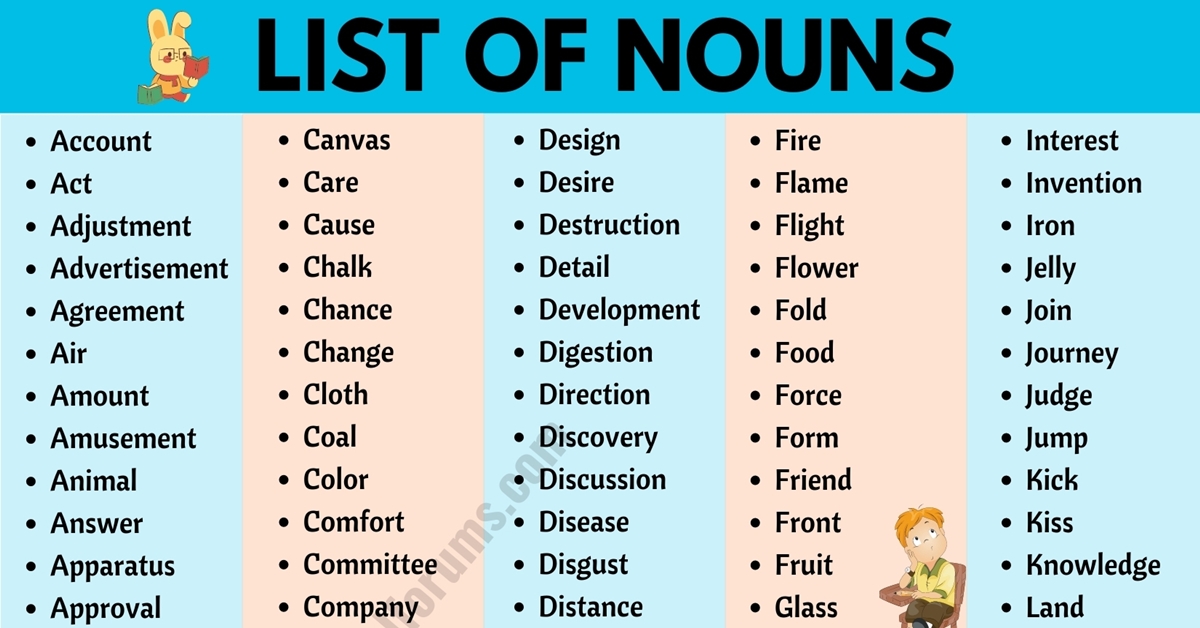Use DataFrame.groupby().sum() to group rows based on one or multiple columns and calculate sum agg function. Groupby() function returns a DataFrameGroupBy object which contains an aggregate function sum() to calculate a sum of a given column for each group. What you want is pandas groupby function, which creates groups depending on multiple columns with the same value.
These groups can then be transformed with other functions based on your problem. In your case, I would apply a lambda function, which takes the city column and city_population and creates a dictionary (JSON-like structure). The next two statements are only to have a nice index and the correct column name. Pandas is a great python module that allows you to manipulate the dataframe or your dataset. There are many functions in it that efficiently do manipulation.
There is a time when you need to divide two columns in pandas. In this entire tutorial, you will how to divide two columns in pandas using different methods. In this article, I will explain how to use groupby() and sum() functions together with examples. Group by & sum on single & multiple columns is accomplished by multiple ways in pandas, some among them are groupby(), pivot(), transform(), and aggregate() functions.
Spark also supports advanced aggregations to do multiple aggregations for the same input record set via GROUPING SETS, CUBE, ROLLUP clauses. The grouping expressions and advanced aggregations can be mixed in the GROUP BY clause and nested in a GROUPING SETS clause. See more details in the Mixed/Nested Grouping Analytics section.
When a FILTER clause is attached to an aggregate function, only the matching rows are passed to that function. A pivot table is composed of counts, sums, or other aggregations derived from a table of data. You may have used this feature in spreadsheets, where you would choose the rows and columns to aggregate on, and the values for those rows and columns. It allows us to summarize data as grouped by different values, including values in categorical columns.
You can pass various types of syntax inside the argument for the agg() method. I chose a dictionary because that syntax will be helpful when we want to apply aggregate methods to multiple columns later on in this tutorial. In this article, you have learned to GroupBy and sum from pandas DataFrame using groupby(), pivot(), transform(), and aggregate() function. Also, you have learned to Pandas groupby() & sum() on multiple columns. Pandas comes with a whole host of sql-like aggregation functions you can apply when grouping on one or more columns. This is Python's closest equivalent to dplyr's group_by + summarise logic.
Here's a quick example of how to group on one or multiple columns and summarise data with aggregation functions using Pandas. In SQL Server we can find the maximum or minimum value from different columns of the same data type using different methods. As we can see the first solution in our article is the best in performance and it also has relatively compact code.
Please consider these evaluations and comparisons are estimates, the performance you will see depends on table structure, indexes on columns, etc. The agg() method allows us to specify multiple functions to apply to each column. Below, I group by the sex column and then we'll apply multiple aggregate methods to the total_bill column.
Inside the agg() method, I pass a dictionary and specify total_bill as the key and a list of aggregate methods as the value. The SQL standard defines SQL/JRT extensions to support Java code in SQL databases. PostgreSQL lets users write functions in a wide variety of languages—including Perl, Python, Tcl, JavaScript (PL/V8) and C.
The GROUP BY clause divides the rows returned from the SELECTstatement into groups. For each group, you can apply an aggregate function e.g.,SUM() to calculate the sum of items or COUNT()to get the number of items in the groups. One of the most basic analysis functions is grouping and aggregating data. In some cases, this level of analysis may be sufficient to answer business questions. In other instances, this activity might be the first step in a more complex data science analysis. In pandas, the groupbyfunction can be combined with one or more aggregation functions to quickly and easily summarize data.
This concept is deceptively simple and most new pandas users will understand this concept. However, they might be surprised at how useful complex aggregation functions can be for supporting sophisticated analysis. We can also group by multiple columns and apply an aggregate method on a different column.
Below I group by people's gender and day of the week and find the total sum of those groups' bills. For example, in our dataset, I want to group by the sex column and then across the total_bill column, find the mean bill size. Groupby count in pandas python can be accomplished by groupby() function.
Groupby count of multiple column and single column in pandas is accomplished by multiple ways some among them are groupby() function and aggregate() function. Using pandas groupby count() You can also use the pandas groupby count() function which gives the "count" of values in each column for each group. For example, let's group the dataframe df on the "Team" column and apply the count() function. We get a dataframe of counts of values for each group and each column.
Aggregation is a process in which we compute a summary statistic about each group. Aggregated function returns a single aggregated value for each group. After splitting a data into groups using groupby function, several aggregation operations can be performed on the grouped data.
The GROUP BY statement is often used with aggregate functions (COUNT(),MAX(),MIN(), SUM(),AVG()) to group the result-set by one or more columns. Pandas is one of the most powerful tool for analyzing and manipulating data. When we need to compare values of more columns we would have to rewrite the function or create a new one, because in SQL Server we can't create a function with a dynamic number of parameters. In this tutorial, you have learned you how to use the PostgreSQL GROUP BY clause to divide rows into groups and apply an aggregate function to each group. In this article we will discuss different ways to select rows in DataFrame based on condition on single or multiple columns.
This creates a dictionary for all columns in the dataframe. Therefore, we select the column we need from the "big" dictionary. The pandas standard aggregation functions and pre-built functions from the python ecosystem will meet many of your analysis needs. However, you will likely want to create your own custom aggregation functions.
This article will quickly summarize the basic pandas aggregation functions and show examples of more complex custom aggregations. Whether you are a new or more experienced pandas user, I think you will learn a few things from this article. You can also send a list of columns you wanted group to groupby() method, using this you can apply a group by on multiple columns and calculate a sum over each combination group. For example, df.groupby(['Courses','Duration'])['Fee'].sum() does group on Courses and Duration column and finally calculates the sum.
Often you may want to group and aggregate by multiple columns of a pandas DataFrame. Fortunately this is easy to do using the pandas .groupby () and .agg () functions. Fortunately this is easy to do using the pandas.groupby()and.agg()functions. The output from a groupby and aggregation operation varies between Pandas Series and Pandas Dataframes, which can be confusing for new users. As a rule of thumb, if you calculate more than one column of results, your result will be a Dataframe.
For a single column of results, the agg function, by default, will produce a Series. You can use the GROUP BYclause without applying an aggregate function. The following query gets data from the payment table and groups the result by customer id.
For each group, you can apply an aggregate function such as MIN, MAX, SUM, COUNT, or AVG to provide more information about each group. It is a versatile function to convert a Pandas dataframe or Series into a dictionary. In most use cases, Pandas' to_dict() function creates dictionary of dictionaries. It uses column names as keys and the column values as values. It creates a dictionary for column values using the index as keys. In this tutorial, we will learn how to convert two columns from dataframe into a dictionary.
This is one of the common situations, we will first see the solution that I have used for a while using zip() function and dict(). Just recently, came across a function pandas to_dict() function. Next, we will see two ways to use to_dict() functions to convert two columns into a dictionary.
One area that needs to be discussed is that there are multiple ways to call an aggregation function. As shown above, you may pass a list of functions to apply to one or more columns of data. For example, I want to know the count of meals served by people's gender for each day of the week.
So, call the groupby() method and set the by argument to a list of the columns we want to group by. Below, I group by the sex column and apply a lambda expression to the total_bill column. The range is the maximum value subtracted by the minimum value. I also rename the single column returned on output so it's understandable.
Most examples in this tutorial involve using simple aggregate methods like calculating the mean, sum or a count. However, with group bys, we have flexibility to apply custom lambda functions. They are excluded from aggregate functions automatically in groupby.
Instructions for aggregation are provided in the form of a python dictionary or list. The dictionary keys are used to specify the columns upon which you'd like to perform operations, and the dictionary values to specify the function to run. Browse other questions tagged python pandas dataframe or ask your own question. It is particularly useful in handling structured data, i.e. data incorporating relations among entities and variables.
SQL offers two main advantages over older read–write APIs such as ISAM or VSAM. Firstly, it introduced the concept of accessing many records with one single command. Secondly, it eliminates the need to specify how to reach a record, e.g. with or without an index. In this section, you will know all the methods to divide two columns in pandas. Please note that I am implementing all the examples on Jupyter Notebook. Filters the input rows for which the boolean_expression in the WHERE clause evaluates to true are passed to the aggregate function; other rows are discarded.
Removes duplicates in input rows before they are passed to aggregate functions. Specifies multiple levels of aggregations in a single statement. This clause is used to compute aggregations based on multiple grouping sets. ROLLUP is a shorthand for GROUPING SETS. For example, GROUP BY warehouse, product WITH ROLLUP or GROUP BY ROLLUP is equivalent to GROUP BY GROUPING SETS(, , ()).
GROUP BY ROLLUP(warehouse, product, ) is equivalent to GROUP BY GROUPING SETS(, , , ()). The N elements of a ROLLUP specification results in N+1 GROUPING SETS. Nested inside this list is a DataFrame containing the results generated by the SQL query you wrote.
To learn more about how to access SQL queries in Mode Python Notebooks, read this documentation. First, select the columns that you want to group e.g., column1 and column2, and column that you want to apply an aggregate function . In order to apply different aggregate functions to different columns, you'll need to use the .agg() function. This helpful function allows you to specify each column and the specific function you'd like to apply to it. The tuple approach is limited by only being able to apply one aggregation at a time to a specific column. If I need to rename columns, then I will use the renamefunction after the aggregations are complete.
In some specific instances, the list approach is a useful shortcut. I will reiterate though, that I think the dictionary approach provides the most robust approach for the majority of situations. The most common aggregation functions are a simple average or summation of values. As of pandas 0.20, you may call an aggregation function on one or more columns of a DataFrame. In the context of this article, an aggregation function is one which takes multiple individual values and returns a summary.


























